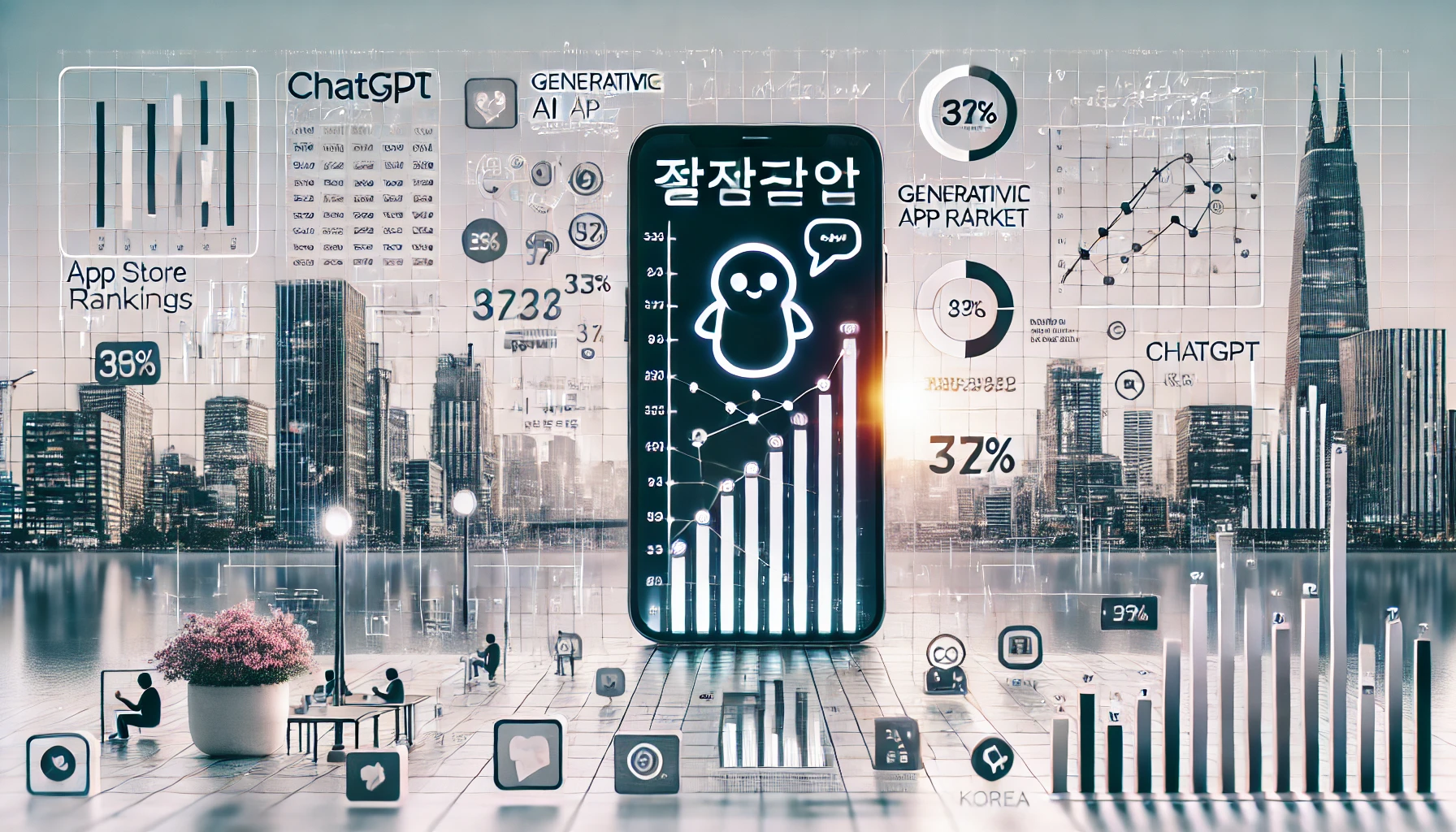
Apple painted a picture of a resilient U.S. consumer heading into the holidays in its Q4 earnings. On Thursday (Oct. 30), the company said iPhone demand drove a record September and guided to what it called its “best quarter ever,” with CFO Kevan Parekh saying Apple expects December‑quarter revenue to grow 10-12% year over year and iPhone to grow double digits.
The iPhone itself set a September‑quarter revenue record of $49 billion, up 6%, and Tim Cook said the lineup is “resonating around the world,” adding Apple set “a September quarter record for upgraders” which shows signals of consumers trading up despite macro noise.
Artificial Intelligence (AI) took center stage in the analyst Q&A. Cook said Apple is “making good progress” on a more personalized Siri and “expect[s] to release it next year,” framing Apple Intelligence as a set of on-device and private‑cloud features that make experiences “more personal, capable and effortless.”
He also disclosed Apple is already using its own Private Cloud Compute for some Siri queries and has begun manufacturing servers for Apple Intelligence in Houston, with a ramp plan underway. Parekh underscored the spend behind that push: “We are significantly increasing our investments in AI,” he said. The company is also “open to pursuing M&A” where it advances the roadmap, Cook added.
Apple has been rumored to be considering a deal with Perplexity.
Just days after fellow big tech members Meta and Alphabet took some heat for their data center plans, Cook was tight-lipped about major capex and costs. Parekh tied part of its 2025 capital spending to the AI build‑out, noting “Capex costs associated with building out our private cloud compute environment in our first‑party data centers.”
Advertisement: Scroll to Continue
For the December quarter, Apple guided gross margin to 47-48% despite new products carrying higher initial costs, helped by a favorable mix, and flagged ~$1.4 billion of expected tariff costs, up from $1.1 billion in the September quarter that ended Sept. 27. Operating expenses are slated at $18.1 billion to $18.5 billion, reflecting higher R&D, largely for AI.
Services stayed hot, especially in payments. Services revenue hit an all-time high of $28.8 billion, up 15%. Parekh said payment services reached an all-time revenue record, and Apple Pay active users grew double digits year over year.
Apple also set a record in advertising (a combination of first‑ and third‑party), though it didn’t break out search licensing separately. The company said total fiscal‑year services revenue surpassed $100 billion, supported by a growing installed base and rising engagement.
By the Numbers
Apple reported $102.5 billion in September‑quarter revenue and $1.85 in adjusted diluted EPS. By segment, Apple said iPhone was $49 billion (+6%), Mac $8.7 billion (+13%), iPad $7 billion (flat) and Wearables/Home/Accessories $9 billion (flat). Apple no longer discloses unit sales, but Cook acknowledged weakness in Greater China, where revenue fell 4% year over year “driven by iPhone.” He attributed most of the decline to supply constraints and said traffic is up and the iPhone 17 family has been “very well received,” adding, “we expect to return to growth” in the region this quarter.
Supply remains tight. Cook said Apple is constrained on several iPhone 17 models, not because of ramp issues but because demand is strong, another data point suggesting the U.S. consumer, and Apple’s core base, still have spending power as the company heads into a critical holiday season.
Source: https://www.pymnts.com/




